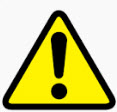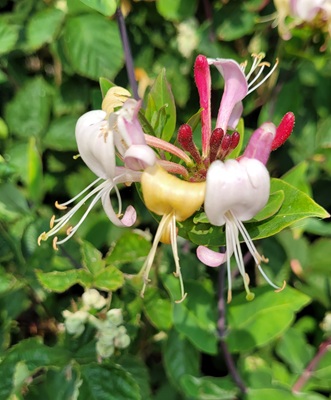Flower Properties
| Property | Value |
|---|---|
| English Name | Honeysuckle |
| MainColor | Pink |
| PlantType | |
| Growth Type | |
| Season | May |
| ImageUrl | Lonicera-001 |
| Photographer | DP |
| Location | |
| Human Toxicity |
Flower Details
Description
This native climbing plant is well-loved for its wonderfully fragrant, creamy-yellow to pink flowers, which often release their sweet scent in the evening. Honeysuckle twines around hedgerows, fences, and trees, and is often visited by bees, butterflies, and moths, especially the hawk moth.
Distribution
Native to the UK and widespread throughout the British Isles. It thrives in hedgerows, woodlands, scrubland, and cottage gardens. It prefers partial shade and well-drained soils.
Medicinal/Other Uses

In traditional European herbal medicine, honeysuckle flowers were used for soothing coughs and sore throats, and in anti-inflammatory preparations. In Chinese medicine, a related species (Lonicera japonica) is used more extensively for colds and infections.
Edibility
Some nectar can be tasted from the flower base, which children traditionally sipped. However, the berries are toxic and should not be eaten. The plant is more appreciated for scent and wildlife value than as food.
Human Toxicity

The red berries are mildly poisonous if ingested in quantity and may cause nausea or vomiting. Best avoided for human consumption.
Pet Toxicity

Mildly toxic to pets (may cause vomiting, diarrhea)
Active Compounds
Contains flavonoids, saponins, and traces of salicylic acid derivatives, contributing to its traditional anti-inflammatory and antimicrobial use.
